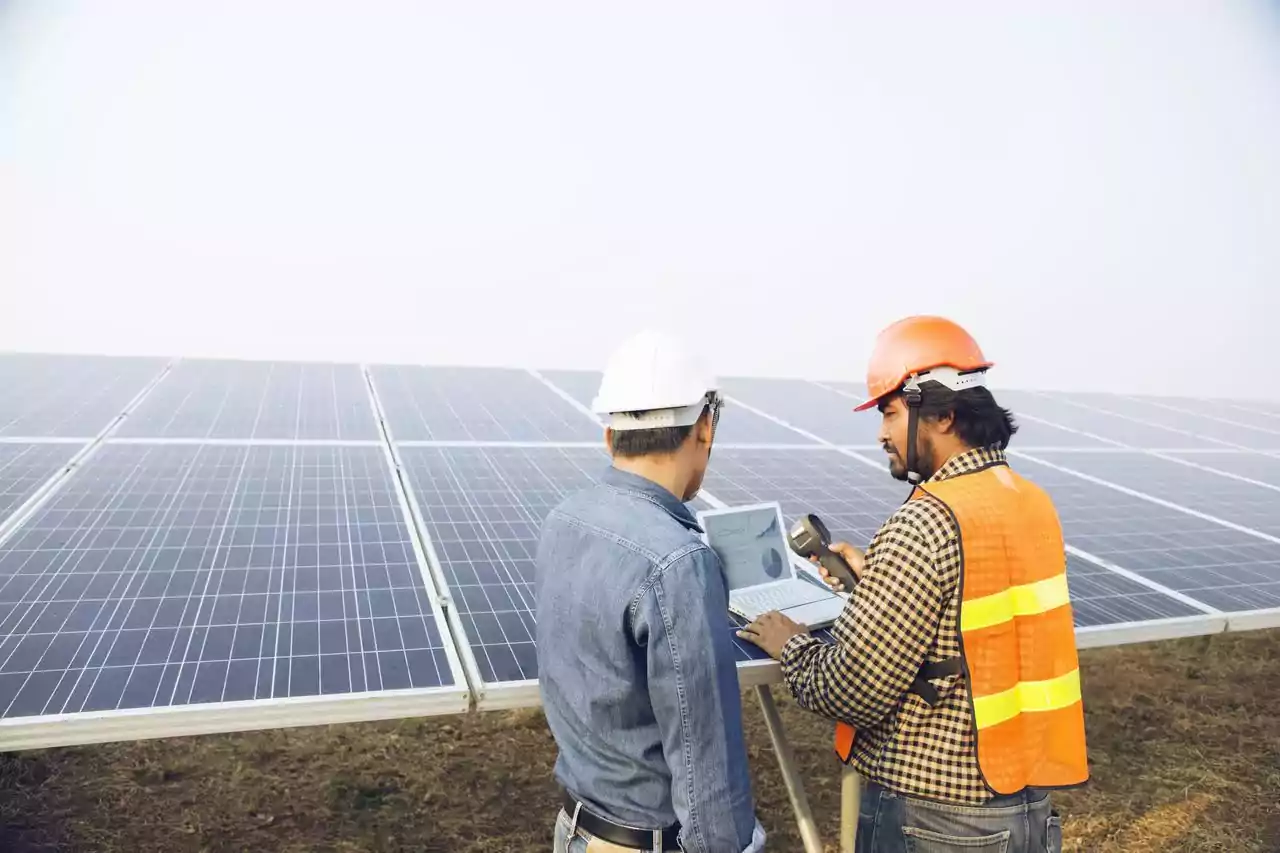Reference applications for review
Before completing the online interconnection application, you can review needed information for each level with our downloadable reference applications.
Level 1 interconnection application
Downloadable reference application for systems generating 25 kW or less. Please complete application online.
Level 2 interconnection application
Downloadable reference application for systems generating between 25 kW and 2 MW. Please complete application online.
Level 3 interconnection application
Downloadable reference application for systems generating more than 2 MW. Please complete application online.
Interconnection FAQs
General solar questions
The amount of kWh produced by solar panels is dependent on factors such as shading, direction of solar panels and weather.
Yes. Southern facing panels will receive the most amount of sunlight for stationary panels. Single-axis and two-axis sun tracking follow a SE-to-SW motion.
No, you will not. Most inverter-based systems are designed to operate in combination with the utility system. It's a safety measure to prevent back-feeding electricity onto our distribution lines.
Yes, for 24/7 reliability, typical renewable generation systems still require grid connectivity. Wind and solar vary in their output during the day and matching generation with energy consumption is not possible without special equipment.
Net metering
Customers who generate their own electricity using renewable energy sources can interconnect with the electric grid and receive bill credits for excess generation. A special net-capable meter measures the energy a customer uses off the grid and the excess generation the renewable system provides onto the grid and calculates the difference or “net.”
A net-capable meter measures the flow of electricity in two directions.
No. Generation occurs on the customer side of the meter. Any energy generated is first fed inside the premises for use by appliances-, electronics, lights, etc. The meter measures only the excess energy that is fed onto the grid.
No. When you generate more power than you use, you will receive a credit that offsets your charges on the current bill with any remaining credit balance applied to next month’s bill.
Specifications and timeline
Upon receipt of an application form, AES Ohio will review the application for completeness. If AES Ohio determines the application form is incorrect and/or is incomplete, AES Ohio will notify the customer within ten (10) business days and provide the correct form and/or a description of the information needed to complete the application form. The interconnection request will be placed in Queue based upon the date and time of receipt of the completed application form.
|
Event |
Number of business days |
|
Level 1 |
|
|
Level 2 |
|
|
Level 3 |
|
|
Pre-application |
|
You are responsible for complying with all applicable laws, regulations, protection, maintenance, and operation required to accommodate power generation and/or storage. You are also responsible for synchronization with the distribution system.
After an application has been approved, any changes in your system requires an updated application.
An application for interconnection of distributed generators that are twenty-five kilowatts or less and utilize equipment that is certified in compliance with IEEE 1547 standard and UL 1741 standard.
Drawings need to be stamped only for level 2 applications greater than 50kW and all level 3 applications. Level 1 applications do not require a stamp from a professional engineer.
According to Ohio Rule 4901:1-10-28, a customer-generator must size their facility so as not to exceed 120% of their previous year’s historical usage.
Overall property layout and street access including north arrow orientation and the nearest cross street in each direction. (Indicate direction of nearest cross street if impractical to show on drawing).
Ground mounted installations must show clearances and details of surrounding structures especially how they cross the company's facilities. The route and length of the electrical connection to the premises is also required.
Location of the DER AC disconnect meeting the requirements of the NEC — for self-contained metering locations.
Location of the DER utility required AC visible break disconnect — for metering locations utilizing instrument transformers.
Location of generation, inverter, storage and associated electrical equipment.
Location of service transformer.
Please indicate DC and AC ratings as appropriate.
Please indicate AC rating of the inverter.
Identify the make and model of the disconnect switch and note if it's lockable with a visible break when required.
Identify connection to customer’s electrical system.
Identify utility meter, inverter and / or associated generation and storage (battery) equipment.
